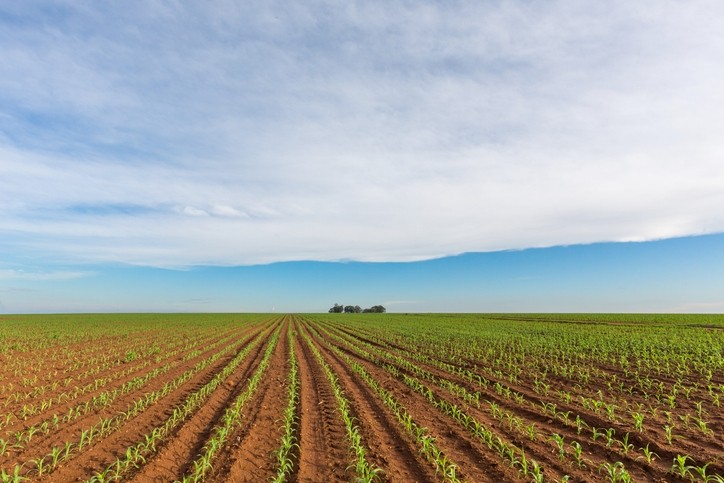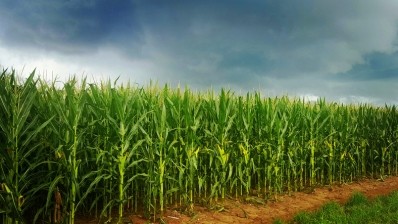Bumper corn crop forecast for South Africa, lower than expected soybean yields anticipated in Argentina

With a crop of more than 17 million metric tons (MMT) expected in MY 2022/23, the bearish outlook on local corn prices will limit expansion of corn planted area later in 2023, for the MY 2023/24 crop, forecasts a report from the US Department of Agriculture’s Foreign Agricultural Service (FAS).
“South Africa’s five largest corn crops on record were produced in the past seven years, driven mainly by improved yields and favorable weather conditions.”
The country’s corn yields, reported the authors, have doubled in the past 20 years with the use of new production technologies, such as genetically engineered seed and more efficient and effective farming practices, including precision and conservation farming.
Additionally, they predict that the positive trend in soybean plantings in South Africa will continue in MY 2023/24. “In MY 2022/23, farmers planted a record soybean area of 1.1 MHa, an upsurge of 24% from the previous marketing year.”
Grain and oilseed storage
The report also outlines how more farmers are installing on-farm storage to sell directly to millers and feed manufacturers or for on farm usage.
“South Africa’s storage capacity for grain and oilseeds exceeds 20 MMT, but with bumper crops anticipated in both corn and soybeans, storage options may be scarce. In anticipation of this challenge, storage bunkers have been erected in potential higher production areas.”
Lower than expected soybean yields in Argentina
Another USDA FAS report estimates soybean production in Argentina for MY 2022/2023 at 21.25 MMT, 3.75 MMT below the official USDA estimate on lower-than-expected yields.
The estimate is based on interviews with local market participants, traders, and farmers, said the authors.
The lower production estimate reflects lower expectations for crush, domestic consumption, and ending stocks.
Sales incentives
Soybean sales in the country have been driven primarily by government programs offering exchange rate incentives and farmers are holding remaining soybeans in anticipation of similar future programs, according to the outlook.
Unlike the first soy dollar program, which took place in September 2022, the third program had a much slower rate of uptake, at times lagging the pace set by the second roll-out, in December 2022.
In the end, the third program accounted for 8.3 MMT of soybeans sold, compared to 5.8 MMT in the December edition and 13.3 MMT in the initial program last autumn.











